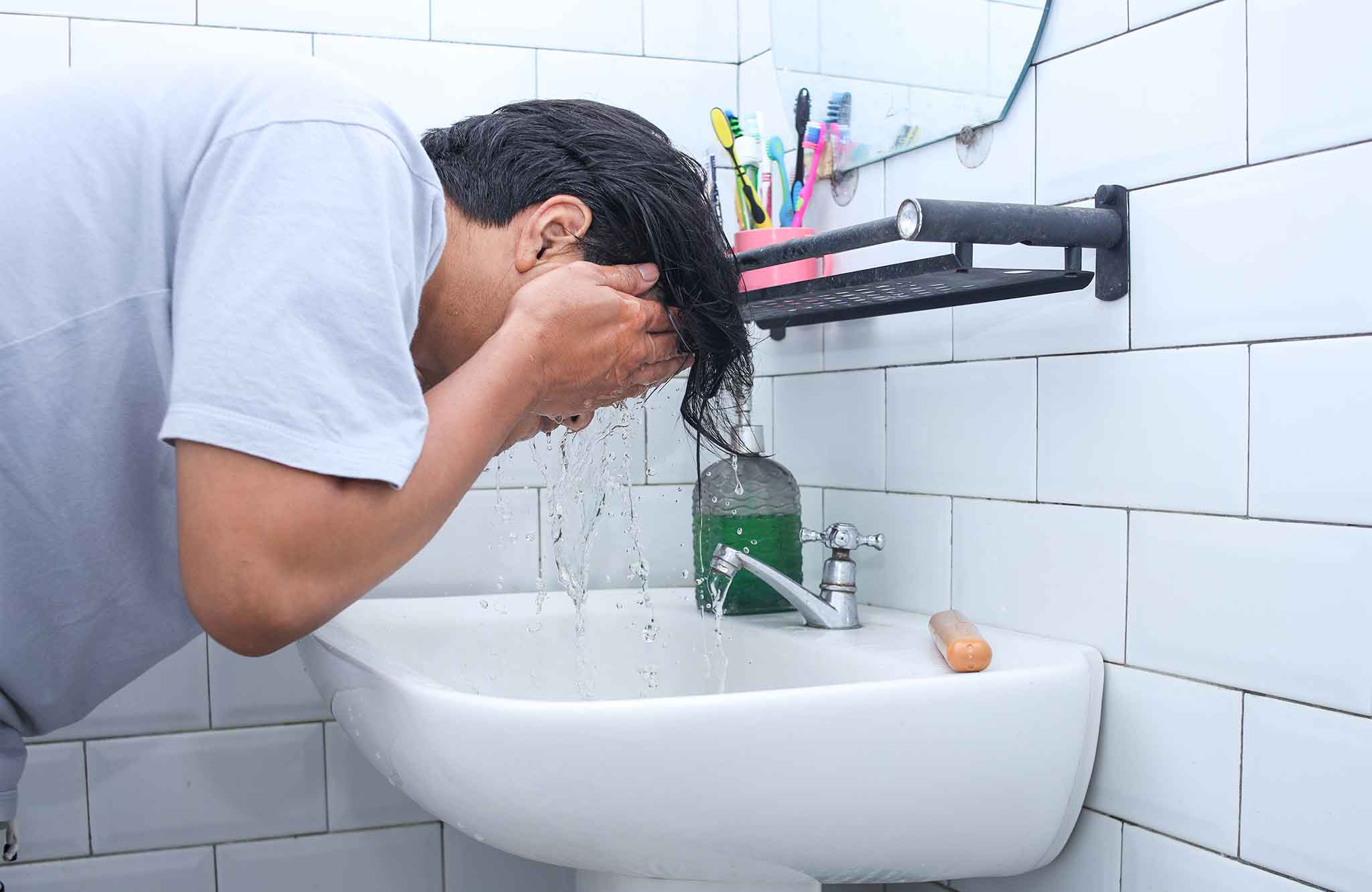
Understanding Iron in Water and How to Fix It
August 18, 2025

The problems you may run into if you have a well and options for treating them Hard Water The element Iron is associated with many good things, such as iron...
February 5, 2018
Owning a well comes with many benefits, but it can also present unique water quality challenges. From hard water issues to unwanted bacteria, understanding these problems—and their solutions—can help keep your water clean and safe.
Hard water is caused by high levels of minerals like iron, calcium, and magnesium. While iron is great for supplements and structures, iron in water can create major headaches.
🔹 Signs of Hard Water:
✔️ Faded, rough-textured clothing
✔️ Dry, flaky skin and hair
✔️ Clogged pipes and plumbing issues
✔️ Stains on sinks, tubs, and fixtures
🔹 Solution:
Installing a water softener system can remove these excess minerals and improve water quality. For an eco-friendly option, a salt-free water softener can effectively reduce radium and barium levels without using salt.
Nitrate contamination occurs when animal manure, agricultural fertilizers, and decomposing plants seep into groundwater. It’s especially common in areas with shallow sand and gravel aquifers.
🔹 Why It’s a Concern:
✔️ Tasteless, odorless, and colorless—requires testing to detect
✔️ Dangerous for infants—can cause serious health problems
✔️ Boiling water does not remove nitrates—instead, it concentrates them further
🔹 Solution:
If nitrate levels are too high, a deeper well may be needed. Regular water testing ensures early detection and treatment before contamination becomes severe.
Bacteria in well water is a serious health risk and can cause numerous diseases.
🔹 Signs of Bacteria in Your Water:
✔️ Earthy or fishy taste
✔️ Slime buildup in toilet tanks
🔹 Solution:
A chlorine treatment can disinfect your well system and remove harmful bacteria. Regular testing and well maintenance are key to preventing contamination.
If your well water has a yellow or brown tint, tannins may be the culprit. These tiny organic particles come from decomposing vegetation near your well.
🔹 Signs of Tannins:
✔️ Yellow or brownish-colored water
✔️ Water stains on sinks and tubs
🔹 Solution:
✔️ Remove any visible decomposing vegetation near the well.
✔️ Install a water purification system to restore clear, clean water.
If your water smells like rotten eggs, you may have sulfide gas in your well. Methane gas—though odorless—can also cause plumbing issues.
🔹 Why It’s a Problem:
✔️ Rotten egg smell (sulfide gas)
✔️ Pipes hammering or spitting out gas when the faucet is turned on
🔹 Solution:
✔️ Adjusting your water heater settings can help eliminate sulfide gas.
✔️ Additional aeration or filtration may be necessary for methane removal.
✅ Keep the top of the well at least 1 foot above ground.
✅ Redirect water runoff from roads, driveways, and roofs away from the well.
✅ Keep hazardous materials and potential pollutants away from your well.
✔️ Regularly inspect the well cap for cracks, corrosion, or loose wires.
✔️ Avoid bumping the well with lawnmowers, snowplows, or other equipment.
✔️ Do not pile snow, leaves, or debris around the well.
✔️ Limit the use of fertilizers and pesticides near the well.
If you're experiencing any of these well water issues, Finken can help!
From water softeners to filtration systems, we offer custom solutions to keep your water safe, clean, and free from contaminants.
To learn more about well water treatment options, visit our Contact Page today!

Resources
